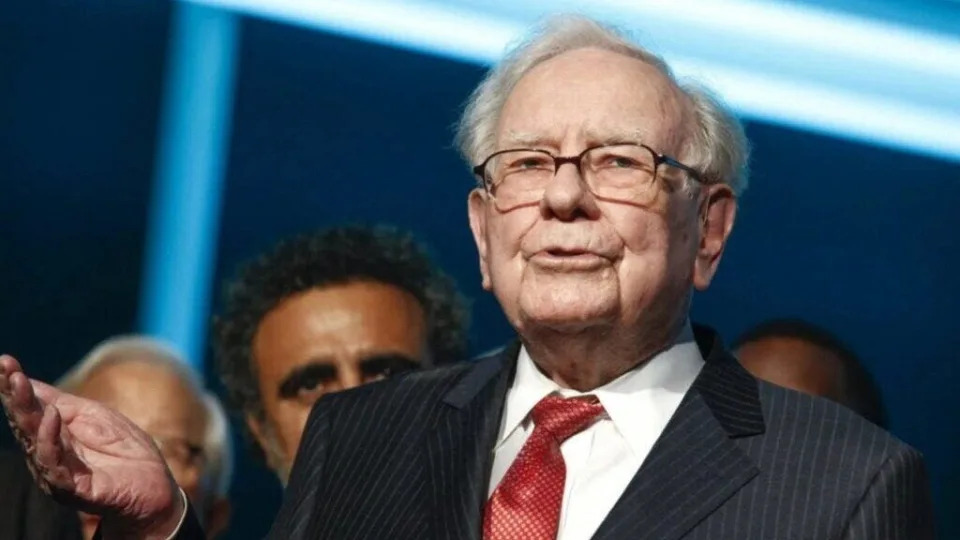Adam Nichols
August 27, 2024

Ella Emhoff watches her father, Doug Emhoff, WITH HER MOTHER deliver a speech on the second day of the Democratic National Convention at the United Center on Aug.
August 27, 2024

Ella Emhoff watches her father, Doug Emhoff, WITH HER MOTHER deliver a speech on the second day of the Democratic National Convention at the United Center on Aug.
(Photo by Chip Somodevilla/Getty Images)
Ella Emhoff, the tattoo-covered stepdaughter of Kamala Harris, became an iconic image of last week’s Democratic National Convention.
And it left leading figures of the MAGA movement in meltdown, Salon’s Amanda Marcotte wrote Tuesday.
“A chorus of conservative commentators like Tucker Carlson and Charlie Kirk lost their minds at the sight of this young woman," she wrote.
“They complained that she's 'covered in tattoos,' which is held out as proof that [her dad] Doug Emhoff 'messed up.' (Real men, to the MAGA right, control their daughter's body from her skin to her hymen to how she dresses. Not weird at all!)
“They said she wore a 'man's suit' and looked like 'something out of a horror film.' They were especially incensed that her father showed affection for his fun, fashionable daughter, and freaked out that he gave his daughter a fatherly side hug during the convention."
In real life, Marcotte wrote, the 25-year-old Emhoff came over as a self-assured, beautiful and successful woman. A Parson School of Design graduate who has a contract with the modeling agency IMG, she appeared to be a woman comfortable in her own skin — and with showing love for her family.
That, Marcotte wrote, is what’s triggered the Republican right.
ALSO READ: Donald Trump exploits AP photo error for new $99 'Save America' book
Her “creativity, beauty, and easygoing love for her family has sent many on the right into paroxysms of rage,” she wrote.
“The daughter of Harris' husband, Doug Emhoff, triggers the incel-minded online right by being a Brooklyn hipster who rejects the tiresome conservative rules for how women are allowed to dress or behave. In response, Donald Trump's fanboys are in a total meltdown, unable to accept the existence of a woman who doesn't care what they think of her.
“And they can't hide that they're furious that she looks great doing so.”
Marcotte highlighted one commentator, right-winger Richard Hanania, who called the model the “nightmare scenario for most people with a daughter.”
“It's yet another sign of how out of touch and frankly weird the MAGA right is,” Marcotte wrote.
“No, most Americans would not find it a "nightmare" to have a daughter who is successful, popular, and confident. Most parents would feel how Doug Emhoff appears to feel: proud of the smart, independent woman he helped raise.
“ … The message to the bitter men of MAGA is about something else entirely. "This is why you don't have a wife," is the subtext of this grievance. "Because all the cute girls would rather move to Brooklyn and cuddle a cat than have anything to do with you."
The reference is to J.D. Vance, Donald Trump’s running mate who spurred outrage by referring to successful single women as “cat ladies.”
“Vance's catastrophic poll numbers, however, show there are real risks to the Trump campaign of pandering so heavily to creeps,” Marcotte wrote.
“The majority of Americans find it weird when men have an unhinged loathing of women who diverge from their "tradwife" fantasies.”
Ella Emhoff, the tattoo-covered stepdaughter of Kamala Harris, became an iconic image of last week’s Democratic National Convention.
And it left leading figures of the MAGA movement in meltdown, Salon’s Amanda Marcotte wrote Tuesday.
“A chorus of conservative commentators like Tucker Carlson and Charlie Kirk lost their minds at the sight of this young woman," she wrote.
“They complained that she's 'covered in tattoos,' which is held out as proof that [her dad] Doug Emhoff 'messed up.' (Real men, to the MAGA right, control their daughter's body from her skin to her hymen to how she dresses. Not weird at all!)
“They said she wore a 'man's suit' and looked like 'something out of a horror film.' They were especially incensed that her father showed affection for his fun, fashionable daughter, and freaked out that he gave his daughter a fatherly side hug during the convention."
In real life, Marcotte wrote, the 25-year-old Emhoff came over as a self-assured, beautiful and successful woman. A Parson School of Design graduate who has a contract with the modeling agency IMG, she appeared to be a woman comfortable in her own skin — and with showing love for her family.
That, Marcotte wrote, is what’s triggered the Republican right.
ALSO READ: Donald Trump exploits AP photo error for new $99 'Save America' book
Her “creativity, beauty, and easygoing love for her family has sent many on the right into paroxysms of rage,” she wrote.
“The daughter of Harris' husband, Doug Emhoff, triggers the incel-minded online right by being a Brooklyn hipster who rejects the tiresome conservative rules for how women are allowed to dress or behave. In response, Donald Trump's fanboys are in a total meltdown, unable to accept the existence of a woman who doesn't care what they think of her.
“And they can't hide that they're furious that she looks great doing so.”
Marcotte highlighted one commentator, right-winger Richard Hanania, who called the model the “nightmare scenario for most people with a daughter.”
“It's yet another sign of how out of touch and frankly weird the MAGA right is,” Marcotte wrote.
“No, most Americans would not find it a "nightmare" to have a daughter who is successful, popular, and confident. Most parents would feel how Doug Emhoff appears to feel: proud of the smart, independent woman he helped raise.
“ … The message to the bitter men of MAGA is about something else entirely. "This is why you don't have a wife," is the subtext of this grievance. "Because all the cute girls would rather move to Brooklyn and cuddle a cat than have anything to do with you."
The reference is to J.D. Vance, Donald Trump’s running mate who spurred outrage by referring to successful single women as “cat ladies.”
“Vance's catastrophic poll numbers, however, show there are real risks to the Trump campaign of pandering so heavily to creeps,” Marcotte wrote.
“The majority of Americans find it weird when men have an unhinged loathing of women who diverge from their "tradwife" fantasies.”










